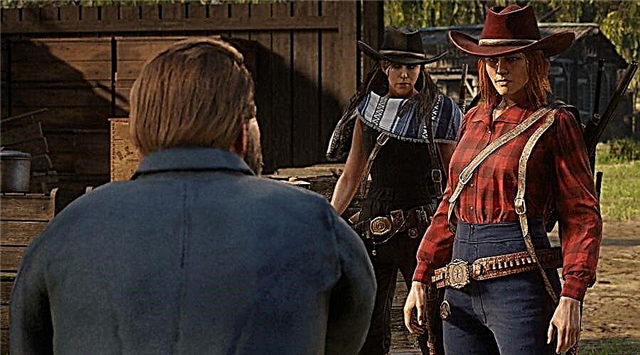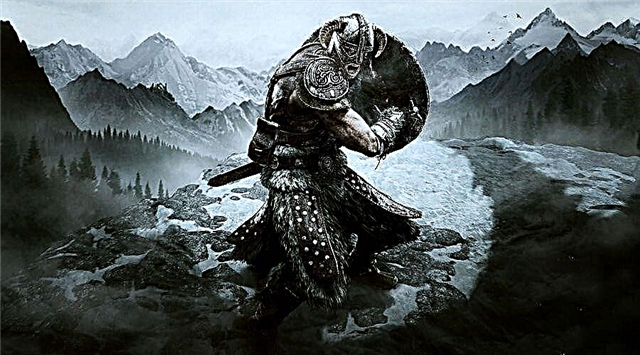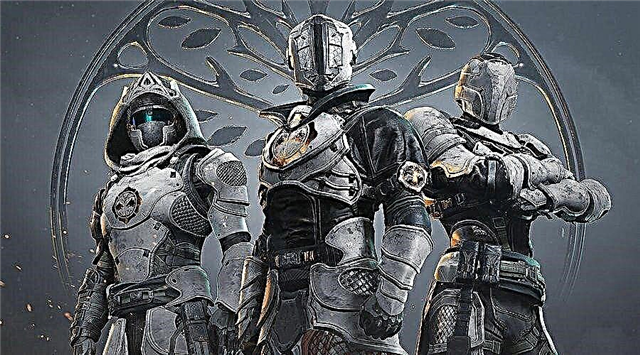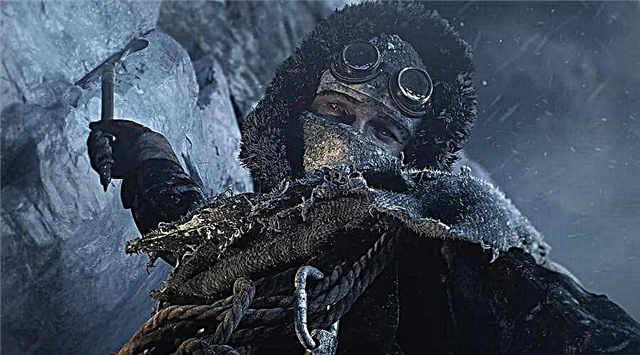After playing Chivalry 2 for 15 hours, I managed to get kills by throwing burning chickens, anvils, spears, other players' heads, boulders, sticks, ballista bolts, shields, broken pieces of ladders, and pitchforks.
I've been throwing enemies off cliffs 300 style; loaded himself into a catapult and took off over the front line to destroy the archers; won a duel after losing a hand to the same enemy; and hid in the annex to hide from the advancing horde. If you can dream about it, then you can certainly do it in the Chivalry 2 medieval battle sandbox, which, by the way, can be bought here.
But beneath all the absurdity of Monty Python lies a surprisingly complex first-person slasher. Melee players have three main types of attacks - horizontal slashes, overhead strikes, and lunges - which can be switched between and you can hold down the left mouse button to turn any of them into a heavy attack, which is handy for breaking the opponent's timing and deal extra damage.
You can perform combos by chaining any of these three types of attacks, but you can also break combos by pressing the "R" key for a quick strike. Kicking with 'F' is great for breaking through an opponent's block or pushing them back, sometimes into spike traps or wells. The 'Q' key allows you to unleash a special attack that is near-deadly and stuns the blocking opponent, and if you're feeling confident you can throw your weapon with 'G'.
Impressive, isn't it? But that's not all! Once you've mastered the basics, you can start "pulling," which involves turning quickly in the direction of the punch to make contact faster. Feints can then be applied, such as a slash, and then switch to a knife slash to keep enemies guessing. Dodge allows you to quickly dodge or retreat from an incoming attack, but for it to work, you need to be able to guess the direction of the attack - I can’t say how many times I accidentally dodged a blow and lost my head because of it. Dodge has a similar risk and reward component, sometimes coming in handy during group fights where you can trick two enemies into killing each other.
Finally, there is blocking. Unlike Mordhau, in Chivalry 2 you can block and cancel all incoming damage with any weapon, although this will quickly drain your stamina. The block provides security, and then you can strike back by aiming at the incoming strike and immediately following it. You can also perform a perfect parry by anticipating an opponent's attack and mirroring it - the latter being the only way to guarantee a hit unless the opponent runs out of stamina.
In general, you understand. All things considered, there are many different ways to win a fight in Chivalry 2. As befits a sword game, it's not as precise and smooth as Mordhau. However, the basics of the game are accessible and easy to learn, and even a master can make mistakes, so you never feel like you've lost a fight without even starting it. It also helps that in the chaos of a 64-player siege battle, there's plenty of room to flank and gank if you're not into a fair duel.
A simple class system separates the main player roles and adds some progression to guide you through the first 15 or so hours of play. There are four classes - knight, footman, vanguard and archer - and in each of them you will find three sub-classes and a range of weapons that can be unlocked according to the intended play style.
I quickly found myself choosing the Vanguard class and then moving into its Raider subclass, which lets you carry two heavy primary weapons and is a lot of fun if you're good with throwing weapons. Starting a fight by throwing an ax directly at an enemy's chest and then wielding another ax while he's limping is great. Each class also has an ability and trait that allows you to keep deadly projectiles like pots of butter locked up while you wait, thus protecting the battlefield from cheap spam attacks.
Speaking of which, archers are perhaps the only class that is frustrating to play against, and most of my deaths were caused by ranged attacks. There is a hard limit on the number of archers in each team, and as lousy as it is to get killed in the middle of a duel you're winning with a stray arrow, it's even more satisfying when you manage to isolate an archer and cut off his arms. And, as our senior news writer Jan Boudreau pointed out to me, if you catapult yourself, you can completely bypass the front line and start attacking them right away.
Map design is another strength of Chivalry 2. The game features three team deathmatch maps and five team objective maps, which are epic, multi-stage battles where you have to attack or defend a range of objectives. The latter are the main attraction, offering the kind of spectacle you'd expect from a Hollywood blockbuster: your team reclaims every inch of ground by advancing siege weapons against the city's walls, fighting to open the gates, sacking the city within, storming the fortress, and finally killing the king.
Each of the five maps has its own little narrative, and when you load into a match, you get a pre-battle pep talk outlining your army's purpose before both teams start fighting each other. The variety of challenges in each phase ensures a satisfying ebb and flow in each encounter, and even in those matches where it looked like we were being outplayed, there was always a phase where we almost turned the tide of battle in our favor, and in some cases we actually did.
My absolute favorite target in these five maps appears at the end of Escape from Falmir. After fighting to free the soldiers from the prison camp, capturing the bridge and storming the fort, you manage to free the champion of your army. At this point, a random player from your team appears as this champion, and your ultimate goal is to get him out of the fort safely.
Knowing that the outcome of an entire match depends on your team's ability to protect one person adds a sense of urgency that creates pure chaos on the battlefield. Team members pounce on each other to keep their champion alive, while desperate enemies break world records by throwing their weapons at them in hopes of snatching victory from the jaws of defeat.
The smaller team deathmatch maps are much less interesting, which fits the simplistic goal, although Battle Pit is an exception. This arena of gladiators is based on a spiked well, in the center of which is a platform barely large enough for two players to stand on. There are fire traps and trap doors that can be activated to punish players who lose sight of their surroundings, and the spawn points change so often that I entered the arena while close to the enemy. It's complete chaos.
I'm having a lot of fun with Chivalry 2. Just when all multiplayer games seem to be aiming for competitive fairness and esports potential, jumping into an imaginary siege of a castle armed only with trout really stands out. Chivalry 2 is a bloody sherbet spoon, a playful palate cleanser whose relentless silliness will bring a smirk to anyone who plays it.











